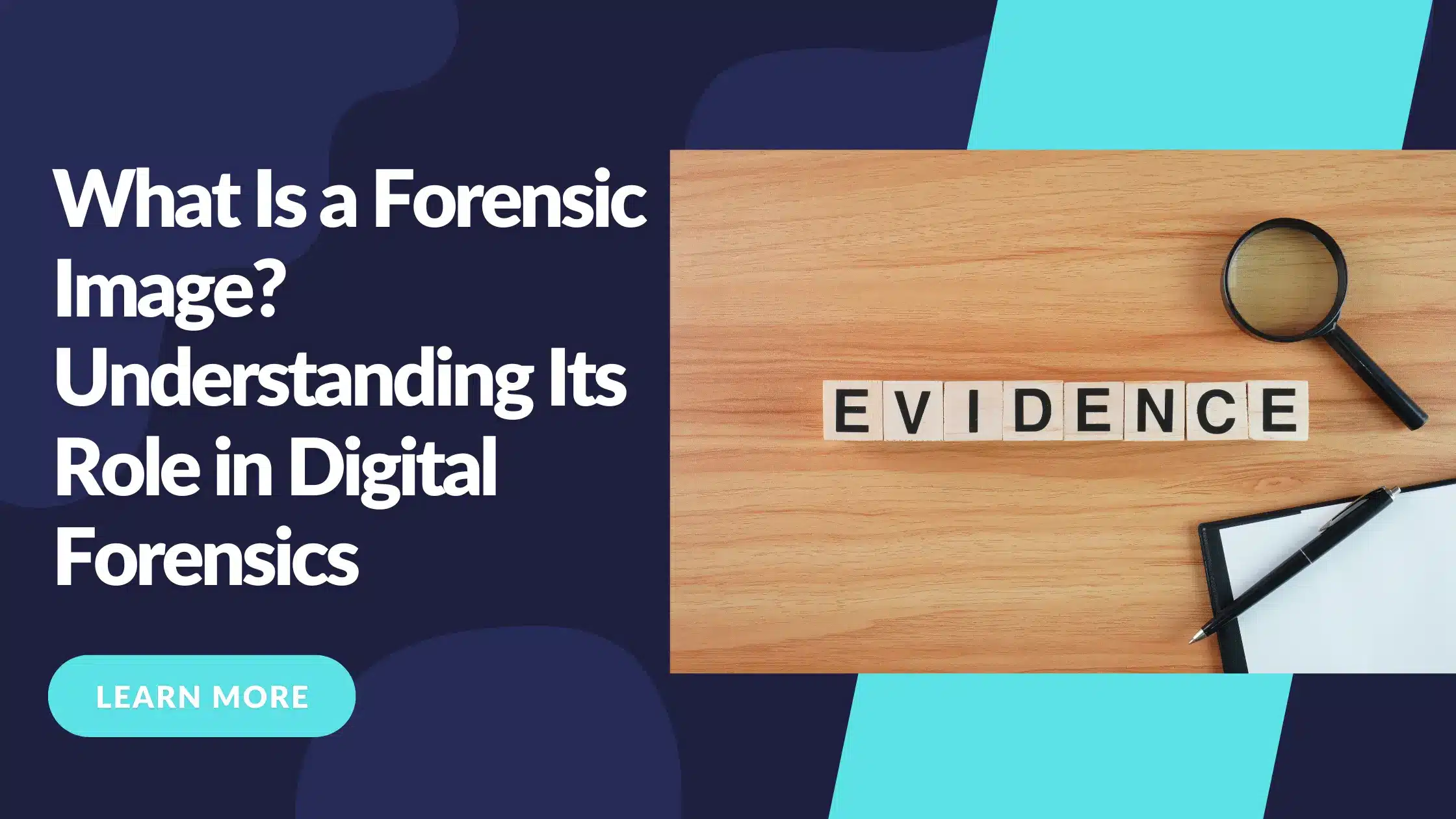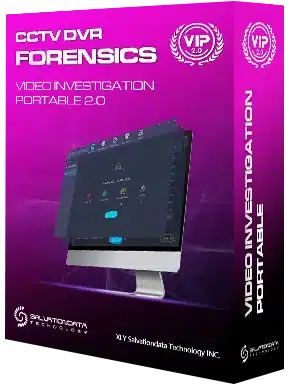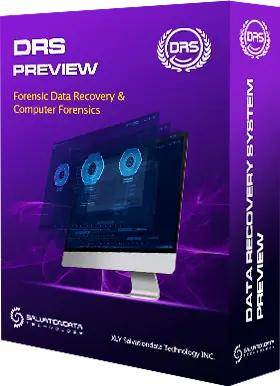Forensic imaging is a cornerstone in the world of digital forensics. It ensures the preservation of data integrity and authenticity, providing investigators with reliable evidence crucial for legal and security investigations. From data recovery and analysis to ensuring compliance with legal standards, forensic imaging allows professionals to preserve and examine digital evidence with certainty. In this article, we’ll define forensic imaging, explore its different types, and explain how it differs from traditional data copying methods. We’ll also dive into how Salvation leverages this technology in its products to address the growing challenges in digital forensics.
What Is a Forensic Image? Understanding Its Role in Digital Forensics

-
Content
- What’s Forensic Image? And How It Work?
- The Challenge of Forensic Image
- SalvationData's Application of Forensic Image
-
Content
- What’s Forensic Image? And How It Work?
- The Challenge of Forensic Image
- SalvationData's Application of Forensic Image
What’s Forensic Image? And How It Work?
What’s Forensic Image?
A forensic image, also known as a bit-by-bit copy or a disk image, is an exact replica of a digital storage device, capturing every bit of data—whether it’s visible or hidden, active or deleted. Unlike regular file copying, which only transfers files in their current state, a forensic image ensures the preservation of data integrity and authenticity. This process makes it possible for investigators to work with an unaltered and reliable copy of the original device, which is critical in legal and security investigations.
How It Works?
Forensic imaging works by creating a bit-by-bit copy of a storage device, such as a hard drive, SSD, or memory card. The process begins by connecting the device to a forensic imaging tool, which can be specialized software or hardware designed to handle the precise requirements of forensic data preservation.
Unlike regular file copying, forensic imaging captures every bit of data on the device—this includes not only files and folders, but also system structures, unallocated space, and even deleted data that might still be recoverable. By doing so, it ensures no piece of evidence is missed. The process also generates a cryptographic hash (like MD5 or SHA-1) for both the original device and the image, ensuring that both are identical and unaltered.
Once the image is created, it can be analyzed without ever modifying the original device. This non-invasive method makes forensic imaging a critical tool in digital investigations, ensuring the integrity of data for legal proceedings.
The Type of Forensic Images
- Logical Image: A copy of selected files or folders, typically used when only specific data is needed, but it doesn’t include deleted or unallocated data.
- Physical Image: A complete, bit-by-bit copy of an entire storage device, including all files, system data, and deleted information, providing a thorough snapshot for investigation.
- Sparse Image: A partial copy of a device, capturing only the used space, which reduces image size while still preserving relevant data for analysis.
Each type of forensic image serves a specific purpose, and the choice depends on the nature of the investigation and the type of data that needs to be preserved.
How Forensic Imaging Differs from Traditional Copying
Forensic imaging differs significantly from traditional data copying in both method and purpose.
- Complete Data Preservation: Traditional copying only duplicates visible files, often missing hidden or deleted data. Forensic imaging, however, creates an exact, bit-for-bit replica of the entire device, capturing all data, including system files, unallocated space, and deleted content.
- Data Integrity: When you perform a traditional copy, the data is often changed or altered during the process (e.g., metadata can be modified). Forensic imaging, on the other hand, uses specialized software or hardware to ensure that no data is altered during the duplication. This is crucial for preserving the integrity of the evidence, especially in legal and forensic investigations.
- Legal Admissibility: Because forensic imaging preserves the original data in an unaltered state, it’s considered legally valid and can be used as evidence in court. Traditional copying doesn’t offer the same level of protection, as it doesn’t guarantee that the data hasn’t been altered in some way.
- Verification and Authentication: Forensic imaging tools generate cryptographic hash values (like MD5 or SHA-1) for both the original device and the forensic image. This ensures the data integrity by confirming that the image is an exact replica of the original, which is something traditional copying methods lack.
The Challenge of Forensic Image
While forensic imaging is an essential tool in digital forensics, it comes with several challenges:
-
Data Volume: The size of modern storage devices can be overwhelming. Creating bit-by-bit copies of large hard drives, SSDs, or cloud storage can take a significant amount of time and require substantial storage space for the images. This makes the imaging process resource-intensive and can slow down investigations.
-
Complexity of Data: Storage devices often contain multiple file systems, partitions, and hidden data. Ensuring that all data—active, deleted, or hidden—is correctly captured requires advanced knowledge and specialized tools, making the process more complex.
- Legal and Ethical Concerns: Forensic imaging must be performed in compliance with legal standards. If the imaging process is not conducted correctly or the chain of custody is broken, the evidence can be challenged in court. Ethical concerns also arise around privacy when dealing with personal data.
-
Resource Intensive: Forensic imaging requires specialized software, hardware, and expertise. It’s not just about making a copy of data but ensuring that the process follows strict protocols, making it time-consuming and requiring skilled professionals.
SalvationData's Application of Forensic Image
SalvationData is a professional expert in leveraging forensic imaging technology to assist in digital investigations. By developing cutting-edge products that incorporate forensic image technology, they provide robust solutions for ensuring the integrity of digital evidence, safeguarding data, and supporting legal processes. Their focus on forensic imaging helps both private and public entities handle digital forensics with precision and reliability.
Here are some of the key products that incorporate forensic imaging:
VIP2.0 is a powerful tool for recovering deleted, lost, or fragmented videos, ensuring fast and efficient forensic analysis. With its imaging function, VIP2.0 creates precise copies of video data, making it ideal for investigation and legal use.
DRS is an all-in-one forensic data recovery tool designed to retrieve and restore data from both healthy and damaged storage media, such as HDDs. Featuring an imaging function, DRS ensures reliable data recovery and provides precise copies for further forensic analysis and legal purposes.
Incorporating forensic imaging technology into both VIP2.0 and DRS, SalvationData ensures that critical digital evidence is accurately captured, preserved, and ready for legal use. These tools provide digital forensics professionals with reliable, efficient solutions for handling complex data recovery and video forensics tasks, enhancing the overall integrity of investigations.



